Plans to conserve popular elk hunting destinations are among the various options in the draft plans, but not at the top of BLM’s list
Today the Bureau of Land Management released draft plans that – when finalized – will guide land management decisions for more than 800K acres of public lands over the next 20 years or more. This includes some of Montana’s most scenic and recreationally important public lands overseen by the agency’s Lewistown and Missoula field offices.
This is a key step in a public process of land-use planning, which helps determine how habitat, outdoor recreation opportunities, and development are balanced in a particular area. The BLM proposes a variety of management options for a planning area and names one preferred alternative—in these plans, the agency’s preferred paths forward lack important measures that would conserve some of Montana’s best hunting areas.
Specifically, hunters, anglers, and other stakeholders have been calling for sportsmen-friendly conservation measures on intact and undeveloped lands with outstanding big game habitat in both the Missouri River Breaks as well as in the Garnet and John Long Ranges just east of Missoula.
“After an initial review of the two plans, we’re encouraged to see that conservation measures for key backcountry hunting areas are among the options, but it is disappointing that they were left out of the BLM’s preferred alternative,” says Scott Laird, Montana field representative with the Theodore Roosevelt Conservation Partnership. “At the start of these processes, the BLM received reasonable proposals to conserve some of Montana’s finest elk and deer country—measures that had broad buy-in and support from the governor’s office, Montana Fish, Wildlife & Parks Commission, Confederated Salish and Kootenai Tribal Council, timber interests, local business owners, and public land users of all kinds. We now ask that the BLM adopt sportsmen-oriented management for our best hunting areas in the final Missoula and Lewistown plans.”
Numerous outdoor-related businesses and conservation organizations support revising the two Resource Management Plans to better serve the interests of Montana’s hunters and other outdoor recreationists. “The Garnet Range is an often overlooked but important hunting destination just a short drive from Missoula and other surrounding communities,” says Casey Smith, owner of Straight6Archery in Missoula. “The BLM has an opportunity to do right by sportsmen and businesses through the Missoula resource management plan, and we are depending on them to incorporate measures in the final plan that will safeguard our best backcountry hunting areas near Chamberlain and Marcum Mountains.”
Popular public lands in central and western Montana help fuel the state’s $7.1-billion outdoor recreation economy, provide important wildlife habitat, and support various traditional uses of the land. These include Montana FWP Hunting Districts 410, 412, 417, 426, 281, 291, 292, and 298.
“The BLM has an opportunity to safeguard some of Montana’s best hunting areas and wildlife habitat through these land-use plans, and do it in a balanced way,” says John Borgreen, a Great Falls-area hunter who has been engaged in local conservation efforts for more than 45 years. “It’s a potential win-win for the varied wildlife we love to pursue, and will help ensure that our valued hunting heritage, outdoor traditions, and way of life can be enjoyed by future generations.”
“Sportsmen and other stakeholders will continue to speak up as these planning processes move forward, and we hope the BLM will listen,” says Laird. “We are talking about common-sense management provisions that would benefit our sporting traditions and wildlife habitat, while providing the flexibility to manage for other uses of these lands. It should be a slam dunk for the agency.”
Photo: Charlie Bulla

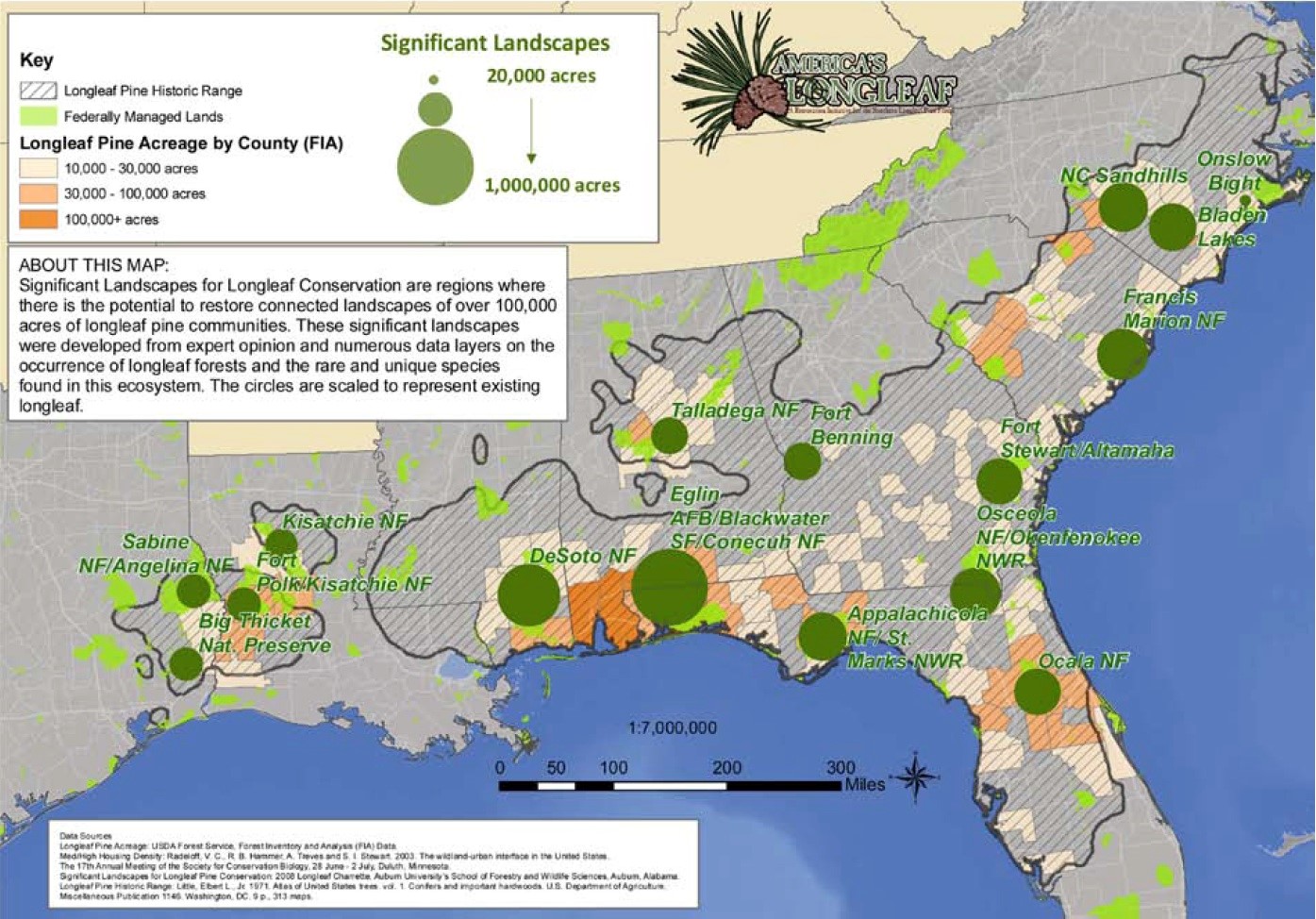
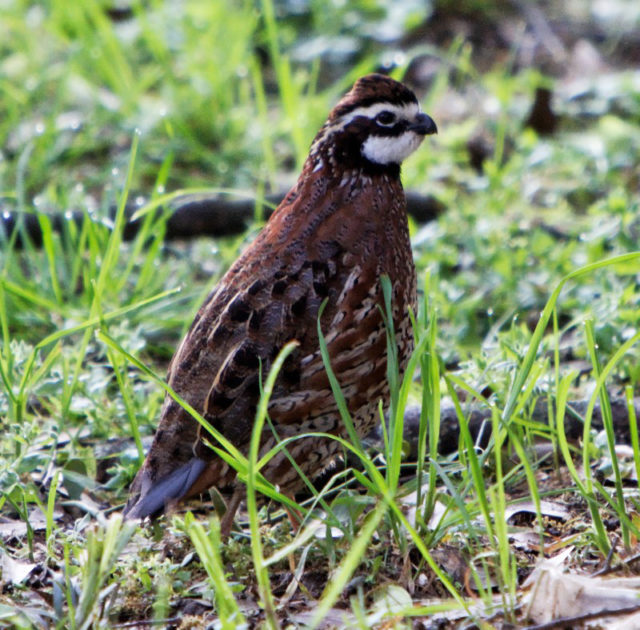
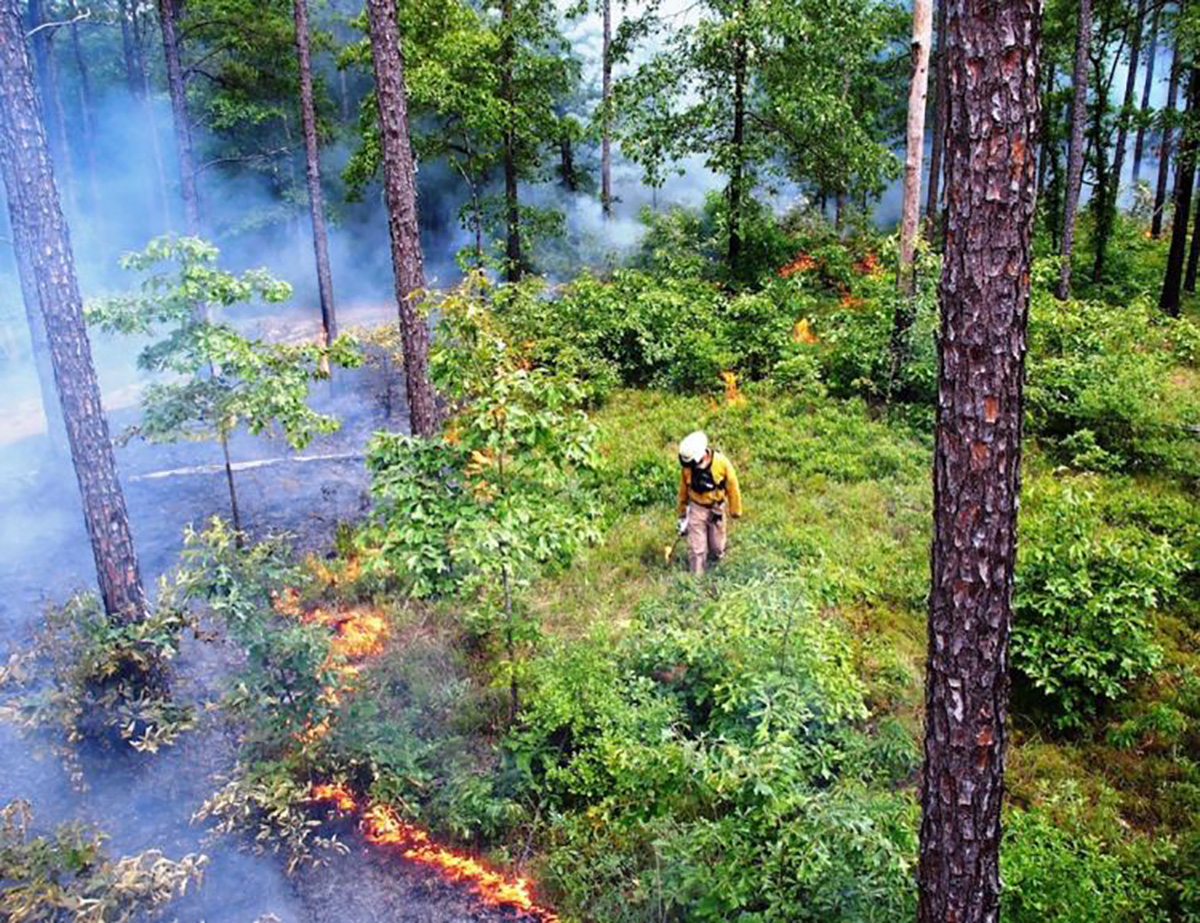
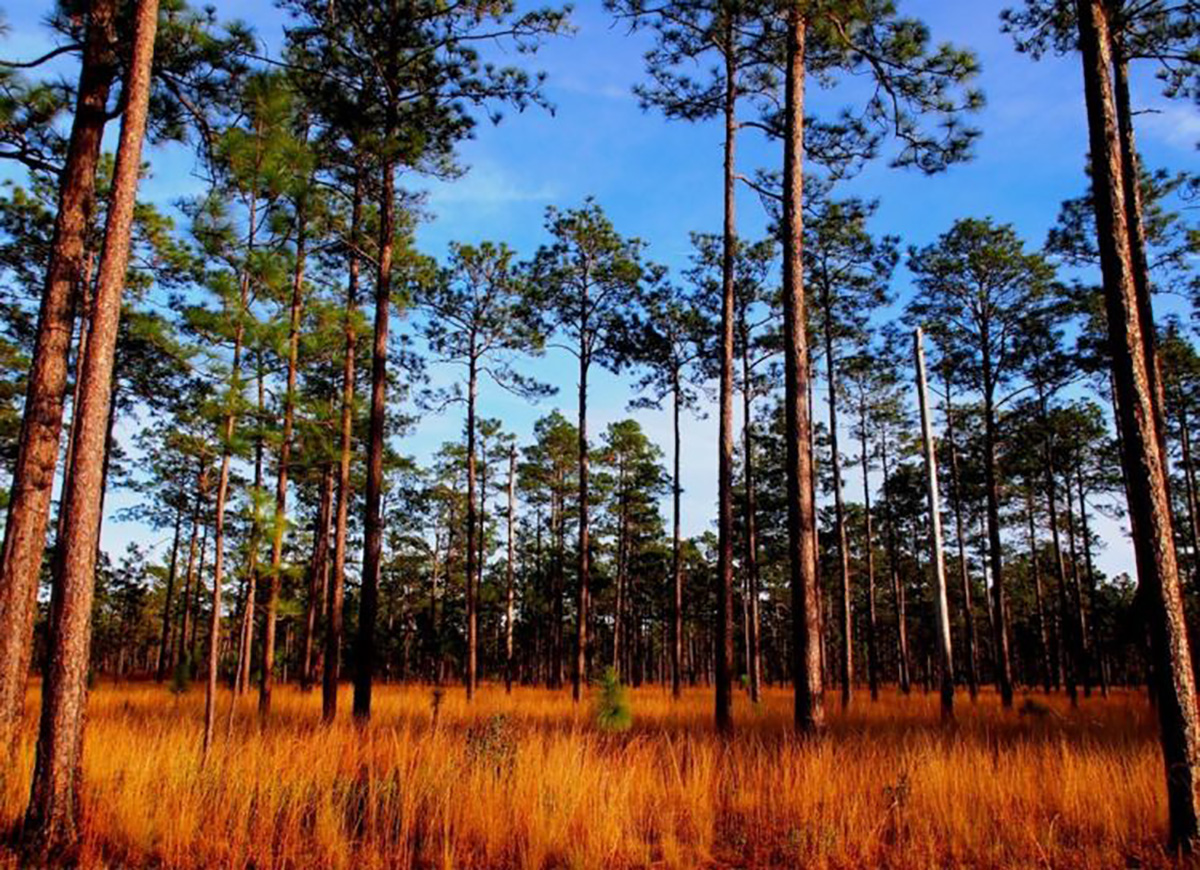
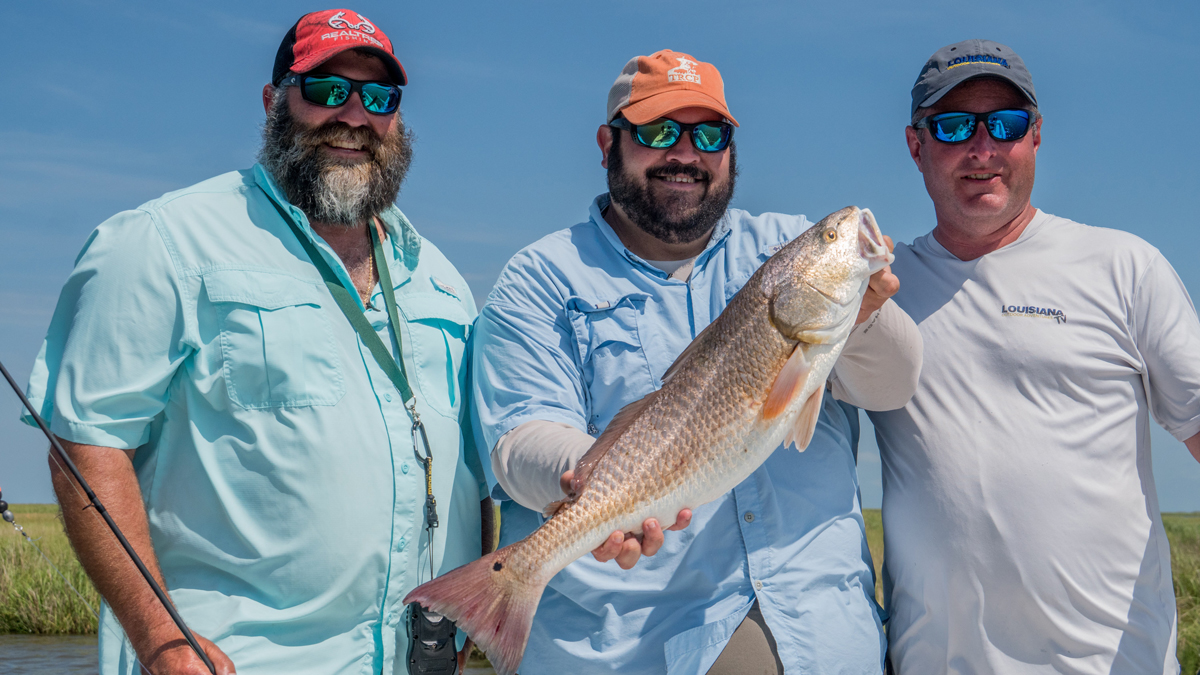




Agriculture provides 1 Billion Dollars less than Tourism in 2018, a million Montanans contribute 46% of Tourism dollars and 12 million Tourists contribute 54% of tourism dollars. The only citizens who spend more time out doors than Montanans is Vermont. Out door recreation defines the life style of Montanans. As the numbers reveal, Montanans are outdoor lovers which means that Montanans need access to the land. Montanans don’t stand and view the beauty of the Biggest Sky of All. Montanans are doers and must have access so they can do.